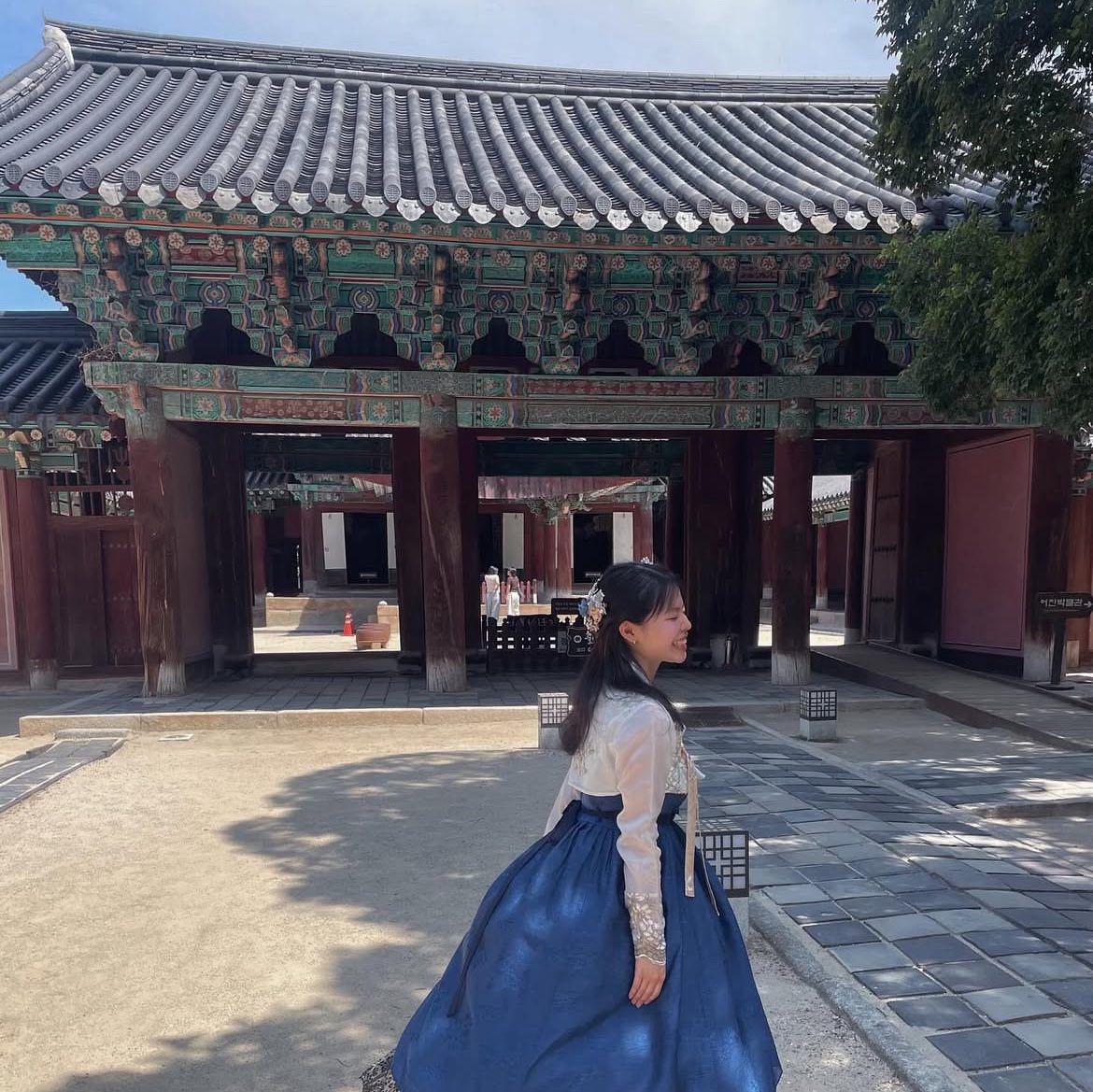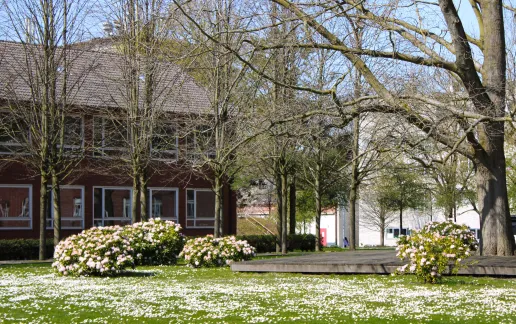Take a closer look at the Korean language through the lens of Yerin, a BCCB graduate who is not only passionate about science but also about the intricacies of her native language.

Today, we’re going to take a closer look at the Korean language through the lens of Yerin, a BCCB graduate who is not only passionate about science but also about the intricacies of her native language. Here’s an insightful conversation where she shares her thoughts on Korean, its unique features, and what makes it so special.
Q1: Where are you from, which city, and what languages do you speak? Which one is your native one?
I’m from South Korea, born and raised in Busan but moved to Pohang for middle and high school. Korean is my native language. I started learning English from an early age (before primary school). I’m currently learning German (finished A2.2) and Russian (beginner).
Q2: What do you love most about your native language?
I love how Korean has a rich system of nuances. Korean has a wide variety of words that imitate sounds or describe states, which adds depth and emotional richness to the language.
Q3: Is there a word or phrase in your language that you feel doesn’t translate well into English (or other languages)?
Yes, there are quite a lot of words that cannot be translated well in English. For example: Jeong (정): It has a meaning of a deep, often unspoken emotional bond or attachment between people, places, or even objects. English equivalents like "affection," "attachment," or "love" capture only part of the meaning. Jeong includes loyalty, empathy, care, shared memories, and enduring emotional ties all at once. Nunchi (눈치): It refers to the ability to read a situation and sense others’ feelings or intentions, often to maintain harmony. It combines emotional intelligence, social awareness, and timing, there’s no single English word that fully captures it. 3) Han (한): It has a meaning of a deep, often collective feeling of sorrow, resentment, or unresolved grief. - English might use “grief” or “resentment,” but 한 carries historical, cultural, and emotional depth unique to Korean experience.
Q4: Do you think your language shapes the way people think or behave?
Yes, I believe the Korean language shapes the way people think and behave. Concepts like Jeong, deep emotional bonds, encourage empathy and social harmony, influencing everyday interactions. Historically, King Sejong’s creation of Hangul (the Korean unique script: before this, we used Chinese characters, but they were hard for people to learn, so King Sejong made a unique and simpler system to make literacy more accessible) made literacy possible for everyone, fostering independent thought and social cohesion. Similarly, the Malmoe (말모이) project, which preserved and standardized Korean vocabulary during colonial times, highlights how language carries cultural identity and collective memory. Korean’s structure, honorifics, and nuanced vocabulary cultivate attentiveness, emotional sensitivity, and awareness of social context. In this way, language, culture, and history are intertwined, shaping both perception and behavior.
Q5: What’s one stereotype outsiders have about your language that isn’t true?
One stereotype might be that Korean words have fixed meanings. However, Korean words are highly context dependent. For example, 손 (son) means "hand," but when combined with other words, like 손목시계 (wristwatch), 손수건 (handkerchief), or 손바닥 (palm), each combination has a distinct meaning. This shows that Korean relies on affixes and compounds to convey nuanced ideas, unlike English, where a single word usually has one core meaning.
Q6: How do you feel when you hear your language spoken abroad?
When I hear Korean spoken abroad, it makes me feel proud. It’s nice to see the global influence of Korean culture through language.
Q7: Korean uses Hangul, which was scientifically designed. Do you think this makes learning to read and write easier?
Absolutely! We used to use Chinese characters but since it was very hard and complicated, King Sejong created Hangul. Hangul’s scientific design (letters representing sounds and mouth shapes) makes reading and writing easy to learn. This accessibility dramatically reduced illiteracy in Korea and contributes to the country’s very high literacy rates today.
Q8: How important is honorific speech in Korean culture, and how does it affect everyday conversations?
Honorific speech is not optional in Korean. It’s deeply tied to social relationships. From casual 반말 (informal speech) with close friends to formal 다나까 or 존댓말 (polite/formal speech) with elders, coworkers, or strangers, the choice of speech level reflects respect, hierarchy, and social awareness. Koreans constantly adjust their language depending on context, so honorifics are an inseparable part of communication, shaping both how we speak and how we perceive others.

Q9: If someone wanted to learn your language, what advice would you give them?
To Korean learners, I would advise them to focus on context, not just vocabulary or grammar. Pay attention to honorifics, speech levels, and common expressions, and practice listening to how Koreans actually speak in daily life. This will help you sound natural and understand social nuances, not just translate words. I also recommend watching K-dramas, many of my friends became fluent in Korean just by watching a lot of them! It’s a fun and practical way to learn the language.
Yerin’s insights into the Korean language highlight not just its grammatical structure, but also the deep cultural significance embedded in the way Koreans communicate. Language is a bridge to understanding history, culture, and identity, and Yerin’s story is a reminder that learning a language is about much more than just words, it's about connecting to the rich traditions and values of a community.



